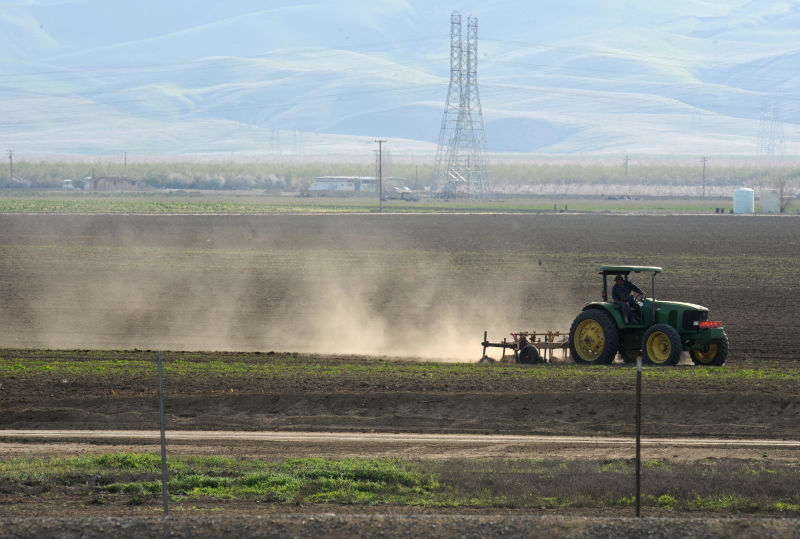More farmers in drought-stricken California are using oilfield wastewater to irrigate, and a new panel on Tuesday began taking one of the state’s deepest looks yet at the safety of using the chemical-laced water on food crops.
In the fourth year of California’s drought, at least five oilfields in the state are now passing along their leftover production fluid to water districts for irrigation, for recharging underground water supplies, and other uses, experts said. (KQED’s Lauren Sommer first reported on this in 2014.)
Chevron and the California offshoot of Occidental Petroleum are among the oil companies supplying oilfield wastewater for irrigating tens of thousands of acres in California. Almond, pistachio and citrus growers are the main farmers already using such water.
California’s aging oilfields require intensive drilling methods and generate lots of wastewater. In Central California’s San Joaquin Valley, a center of the state’s agriculture and oil businesses, oil companies in 2013 produced 150 million barrels of oil — and nearly 2 billion barrels of wastewater.
Central California leads the country in food production. It’s also the main oil-producing base in California, the country’s No. 3 oil-and-gas producing state.
